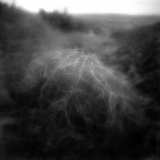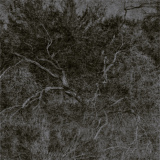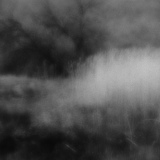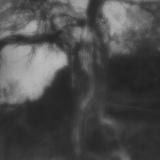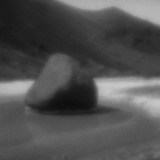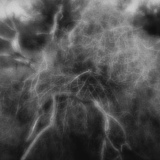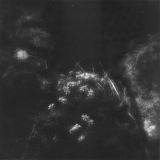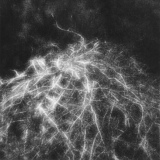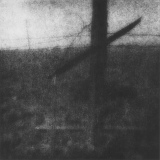ARTIST STATEMENT
These images are all from the shrub-steppe region of Eastern Washington. This landscape, unlike the lush forests of the West side for which the Evergreen State was nicknamed, may seem bleak and indistinctive, as nothing but an amber blur that streaks by from the highway. But the shrub-steppe is a rich, multilayered landscape, and it has a magnetic pull for me.
I spent nearly every summer here as a kid, visiting my Finnish grandparents who had come to Tieton from northern Minnesota’s Iron Range, leaving behind a hardscrabble life in mining to farm thirteen acres of apples, the fruits of a better life.
During those years, vast tracts of shrub-steppe were cleared for cropland. No one thought of this once dominant landscape as a fragile ecosystem that had value in its natural state.
Today, the shrub-steppe is facing extinction. Only a small percentage of Washington’s historic shrub-steppe remains. The greatest loss is attributable to farmland development, reducing the vital habitat of many species that depend on the sagebrush environment.
I still go to Eastern Washington frequently. I go to find refuge in the arid silence, solace in the canyons, creeks, and rivers, flanked by folded hills that green up in spring like velvet cushions. I go because I love the scent of sage; the open plains and big, dramatic sky; the storied coulees of the Columbia Basin; the meadows of bunchgrasses, tiny wildflowers, and contorted anthropomorphic shrubs; the comical though noxious tumbleweeds; the Bighorn sheep, elk, cougars, coyotes and raptors who make their home there. I go to reconnect with this vanishing landscape.
Usually my photographic exploration of a landscape becomes more than the landscape itself. The images, seen metaphorically, reflect what is fundamental in my being. These images of the shrub-steppe are interwoven with thoughts of mortality, loss and renewal.
